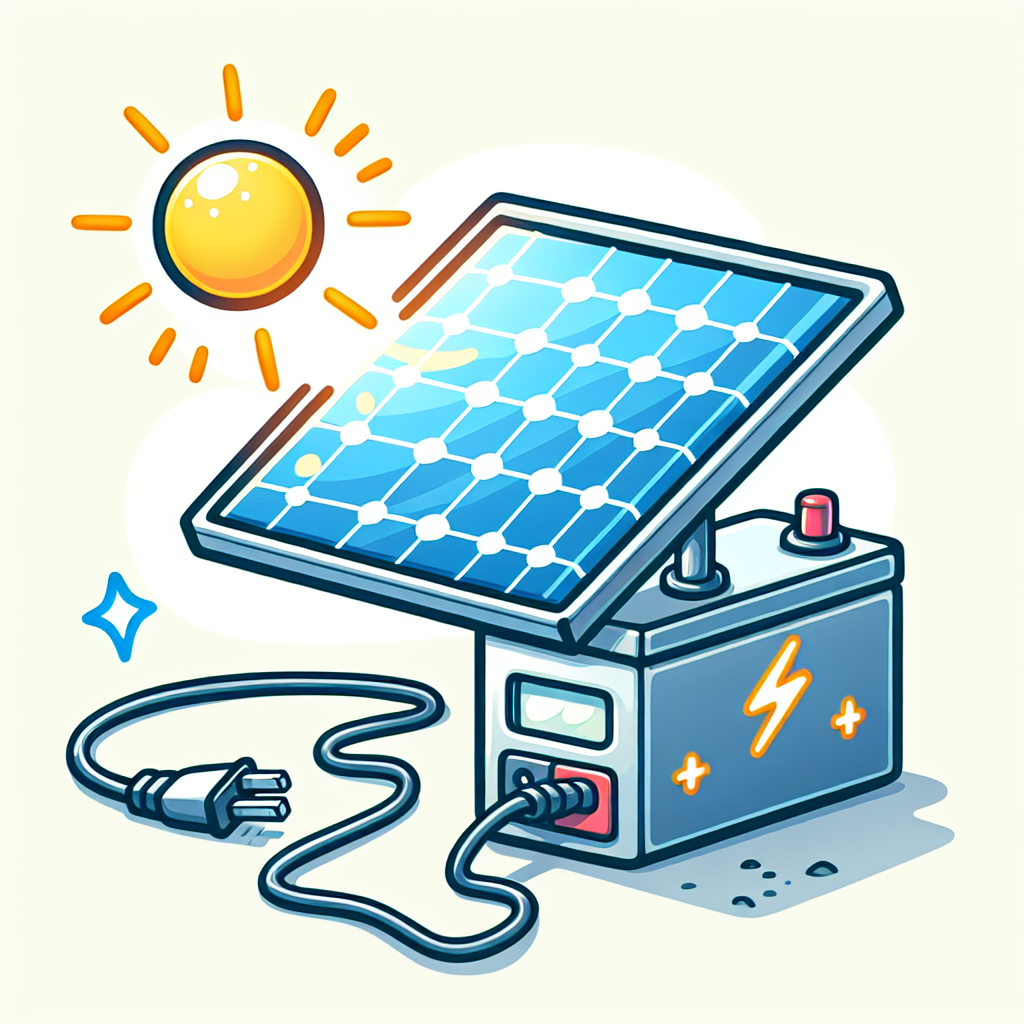How to Connect Solar Panel to Battery
Connecting a solar panel to a battery is a simple and efficient way to store solar energy. The process involves a few simple steps. The first step involves connecting a solar panel to a solar charge controller. The charge controller is then connected to a battery. This draws energy from the solar panel and stores it in the battery. The stored energy can then be used later, even when the sun is not shining.
Using the right equipment, such as a solar panel charge controller battery inverter, can greatly enhance the efficiency and effectiveness of your solar power system. This device not only ensures that the battery is charged and discharged properly, but also converts the power from the battery into usable AC power.
Solar Panel Inverter Installation
The solar panel inverter installation is a critical part of any solar power system. The inverter converts the DC power produced by the solar panels into AC power that can be used in your home. The installation process involves correctly positioning and mounting the inverter, connecting it to the solar panels and to your home’s electrical system, and ensuring that the system is properly grounded.
Learning how to connect inverter to solar panel can be a rewarding experience. It not only provides you with a sustainable source of power but also helps you save on energy costs. However, it’s important to handle electrical components with care to ensure safety.
Solar Panel Charge Controller Battery Inverter
Understanding the role of a solar panel charge controller battery inverter is key to maximizing the efficiency of your solar power system. This device manages the way your battery is charged by the solar panel and converts the stored DC power into AC power. By preventing overcharging, it extends the life of your battery and ensures smooth operation of your system.
From solar panel to battery to inverter, each component plays a crucial role in harnessing the power of the sun. With the right knowledge and equipment, you can create an efficient and sustainable energy solution for your home.
